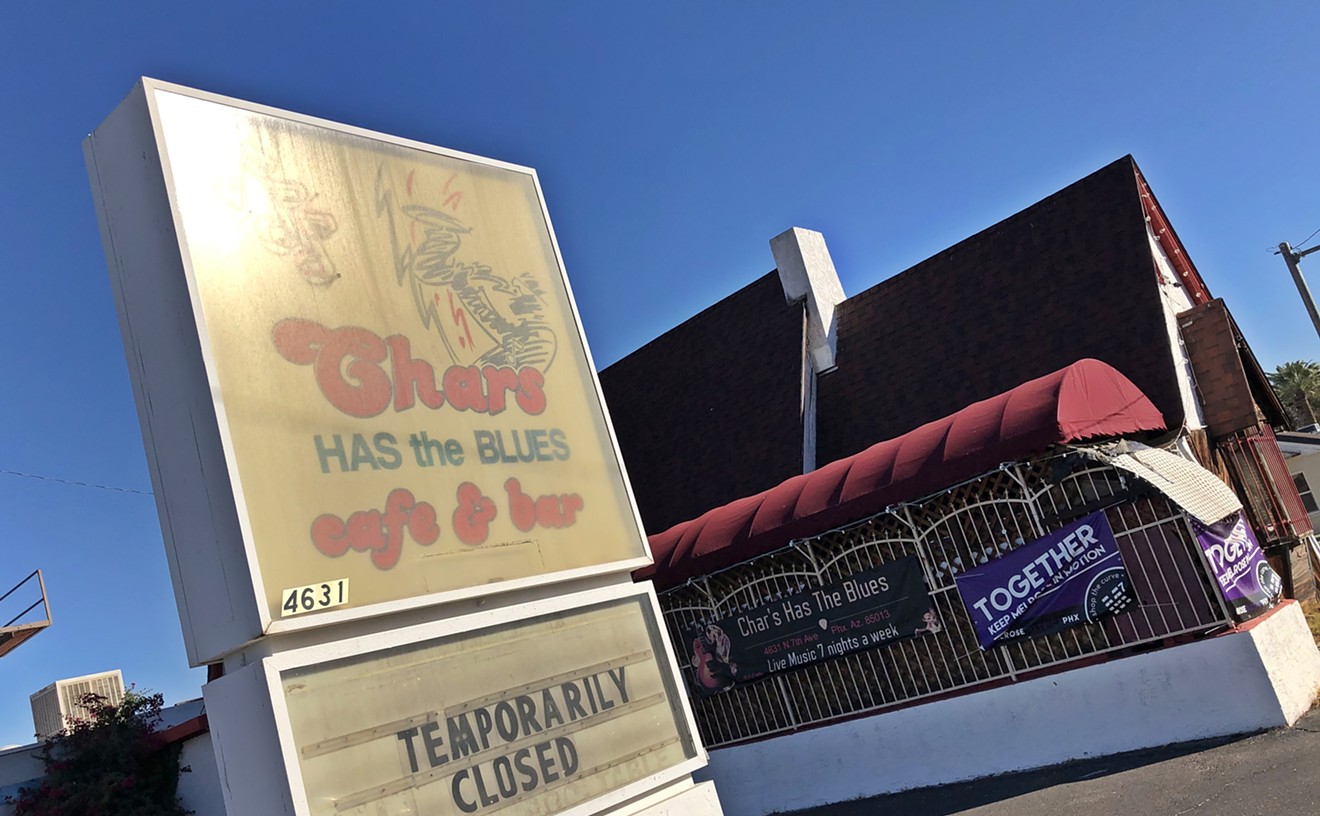In 1994, Morphine could do no wrong, and this official release of a much-bootlegged performance at St. Andrew's Hall in Detroit captures the band in the midst of that initial whirlwind. Originally taped by a fan in the audience, Rykodisc's version of Bootleg: Detroit was mixed and edited by Mark Sandman himself, prior to the band's 1999 tour in Italy, the tour during which Sandman collapsed and died of a heart attack at 47. Captured in the middle of the Cure for Pain tour, Morphine is tight and focused on Bootleg, its playlist packed with songs from that album, a handful from their first release (1992's Good) and a few live staples like the bizarre jazz poem "My Head." In addition (and possibly to hook those who've already obtained a bootleg of Bootleg), Rykodisc's release features two Quicktime video clips of Morphine performing "Cure for Pain" and "The Saddest Song" at the 1995 Montreaux Jazz Festival.
Though the sound quality on Bootleg: Detroit isn't quite from-the-soundboard, the light hall echo and low-fidelity levels somehow seem to fit the performance. Dana Colley's baritone sax and Sandman's slide are the dominant sounds here, slipping and slithering all over the lower registers while Billy Conway's high-end drums provide a brightly percussive contrast. Through it all, Sandman's distinctive voice -- laconic, bruised and worldly -- carries the performance.
Despite the remixing (which undoubtedly cleaned up the sound), Bootleg, like many fan-taped shows, sounds so dense it's claustrophobic, as if it were recorded in an aluminum box. But that element detracts very little from the pleasure of this album in this case, actually enhancing the tales of gutter romance, obsession and addiction that made up Morphine's art during this period. A frenetic rendition of "Thursday," Sandman's paranoid opus about the narrator's not-so-innocent flirtation with another man's wife, is lent an added and terrifying narrative layer by the sound mix, which compresses all the instruments until there's very little room left for his voice to slip through when he sings, "I gotta leave this town, I gotta leave while I still can."
"We're kind of blown away by how many people came out tonight," Sandman says here by way of introduction. Morphine would go on to release other albums and its fan base would grow accordingly, but the months just after Cure for Pain were an artistic zenith for a unique and creative band. For that reason alone, Bootleg comes highly recommended, even to those who've missed the studio releases.
A portion of the profits from Bootleg will go to the Mark Sandman Music Education Fund, a Massachusetts-based fund for children's music education.









